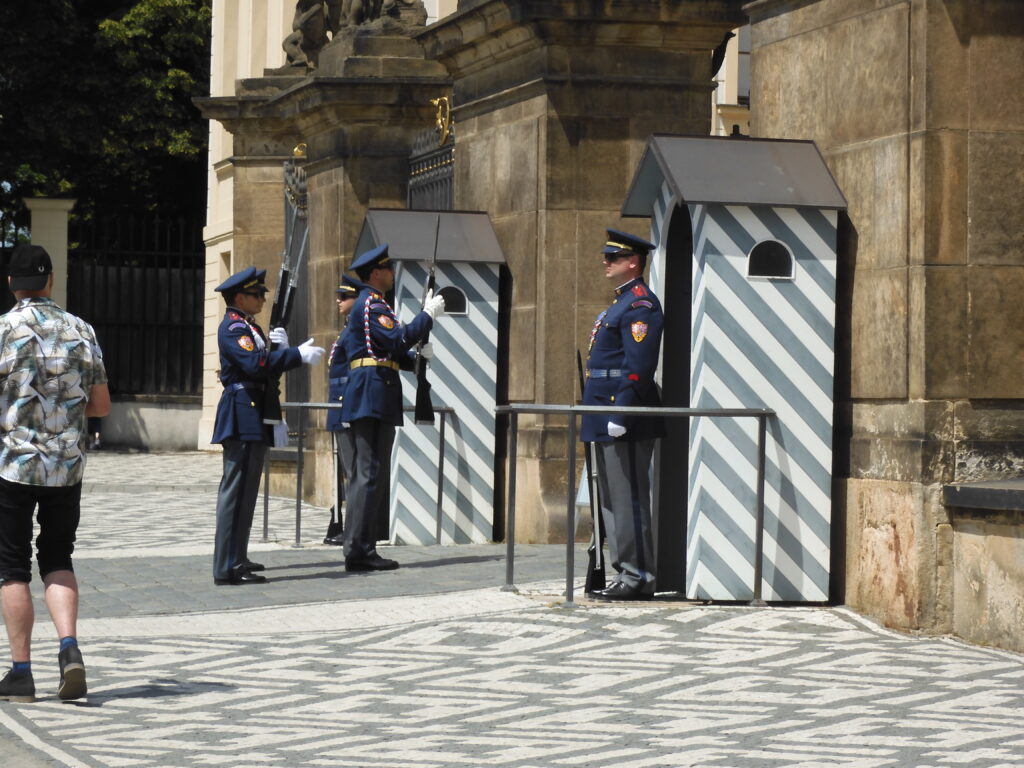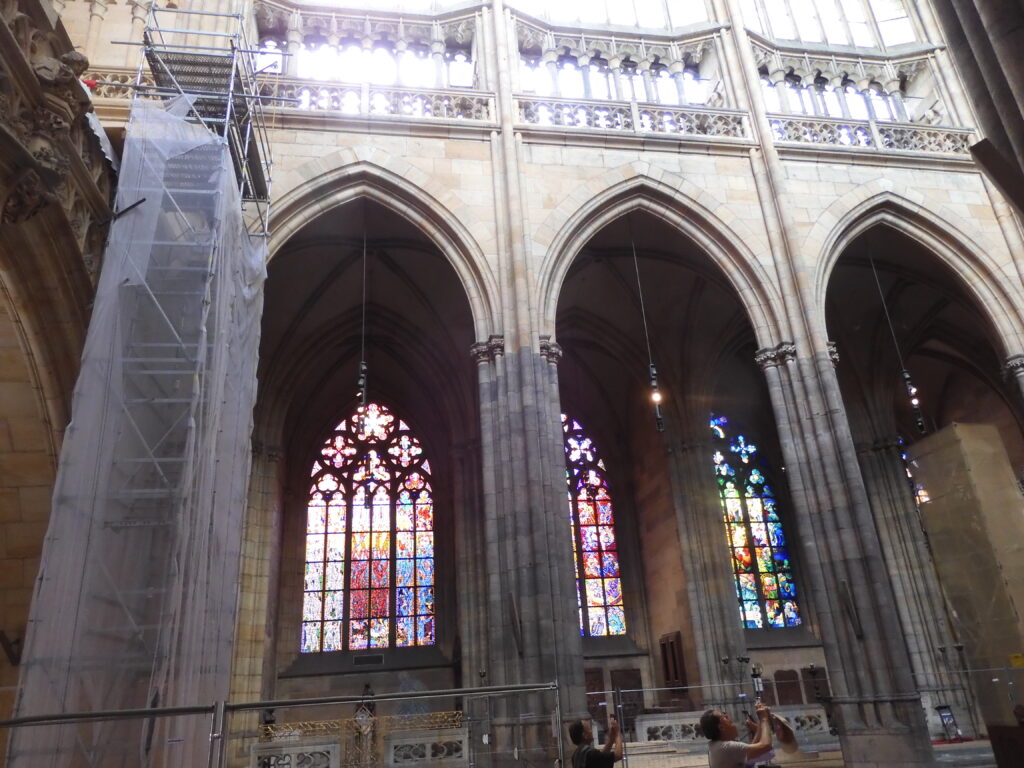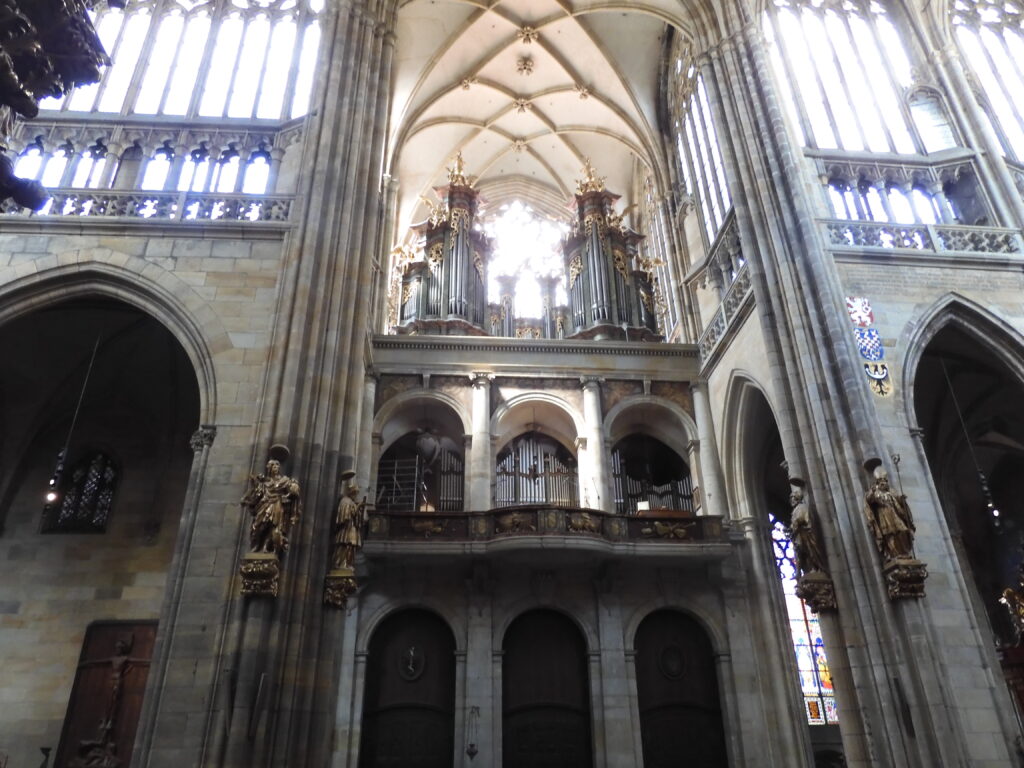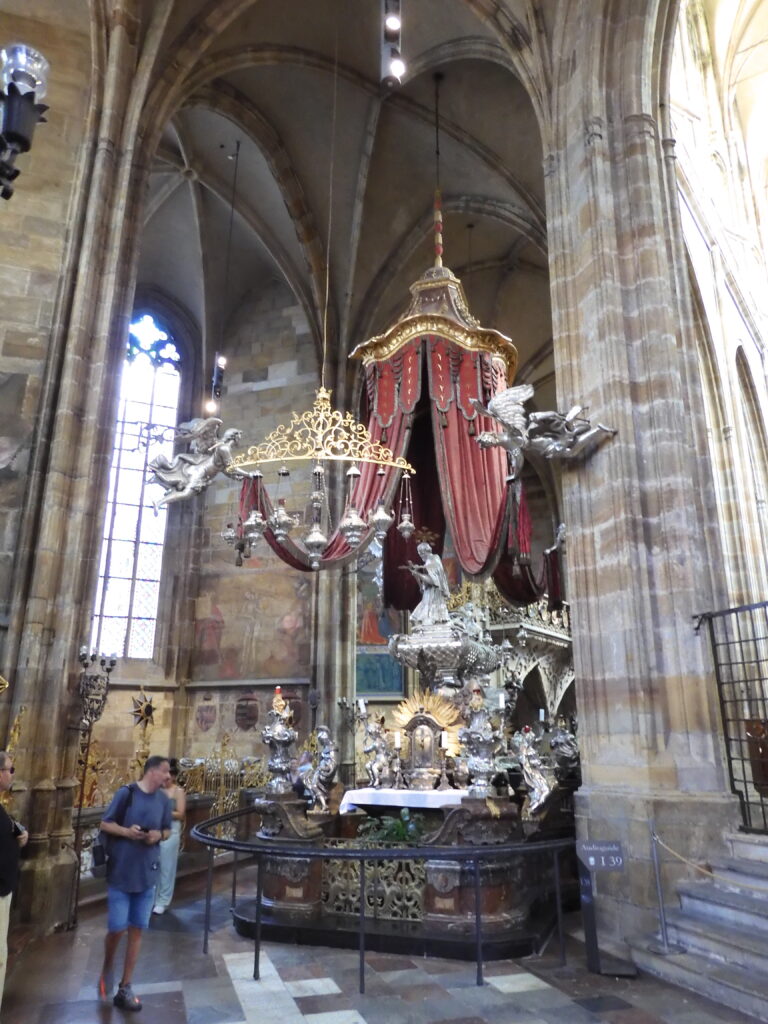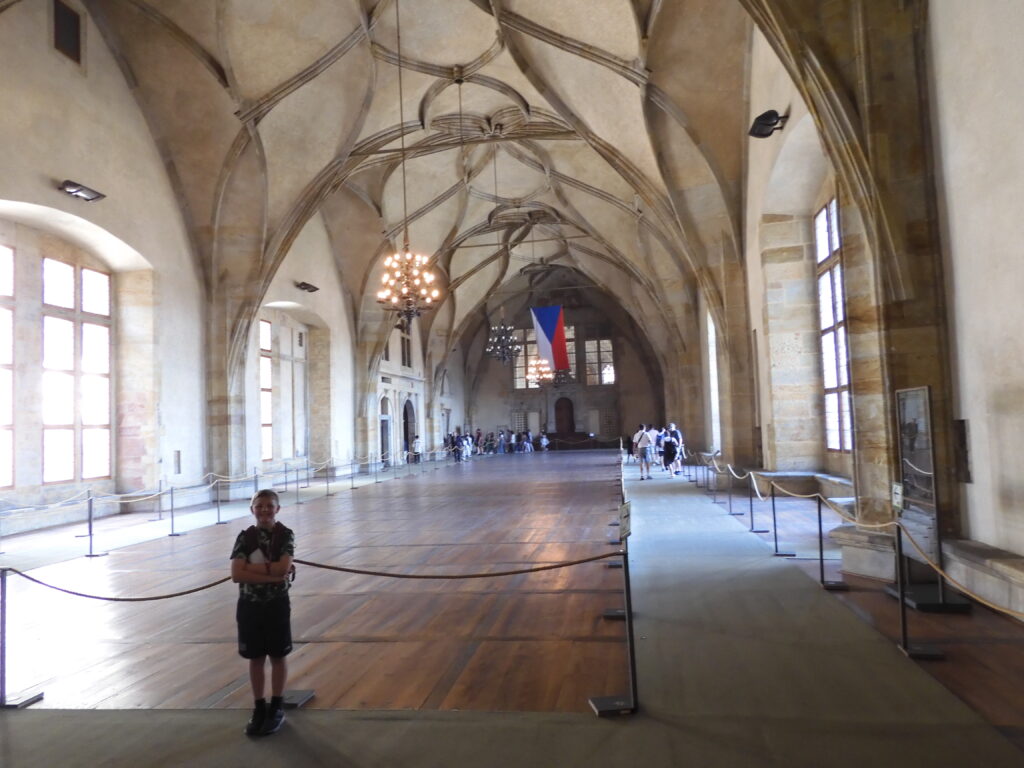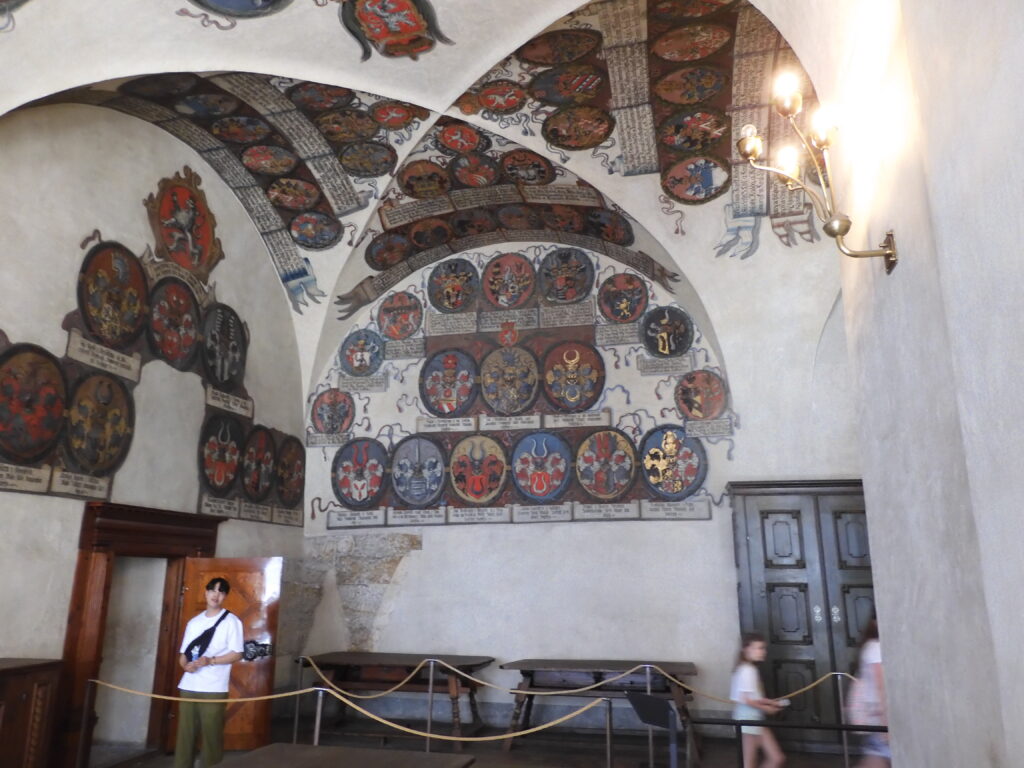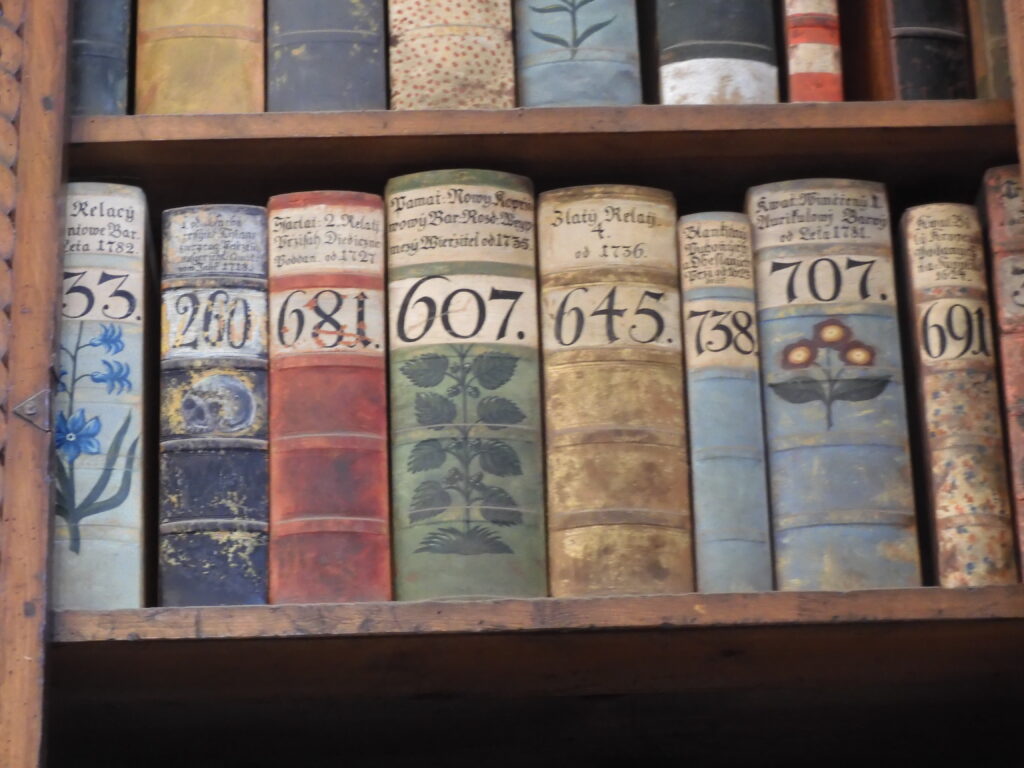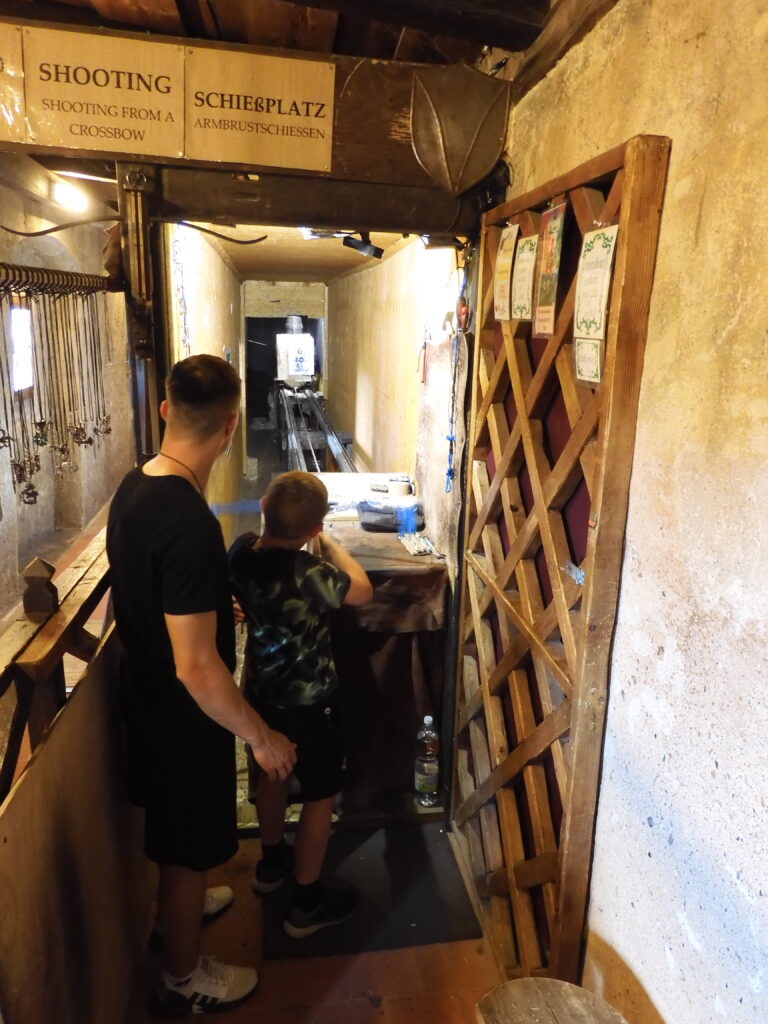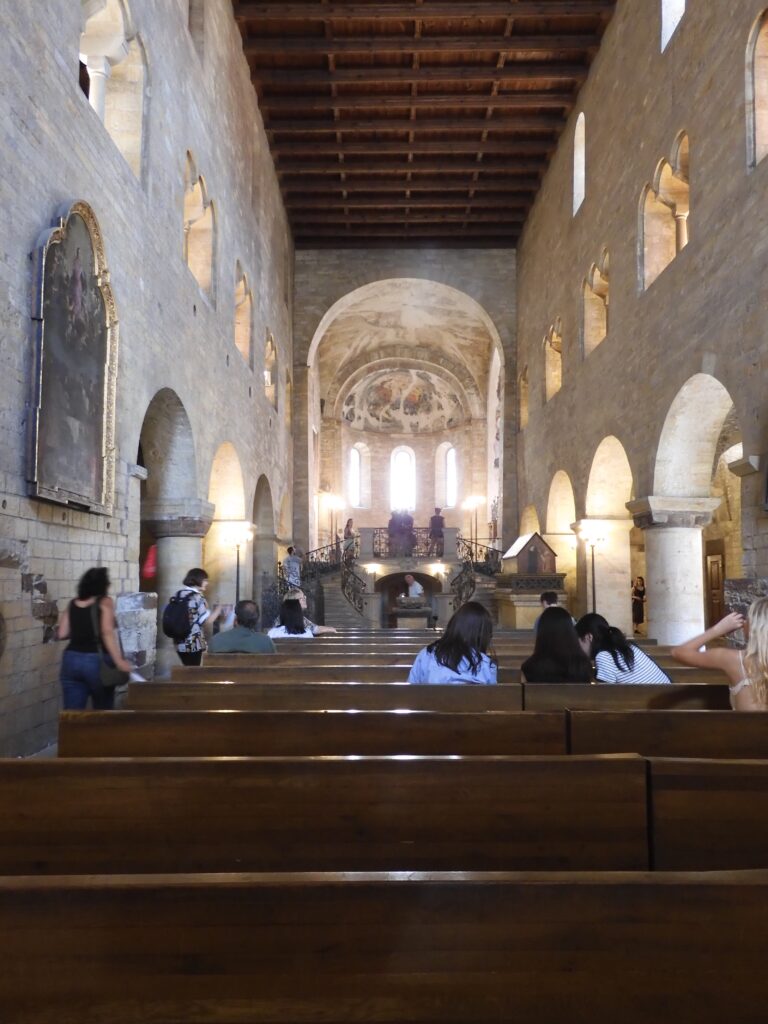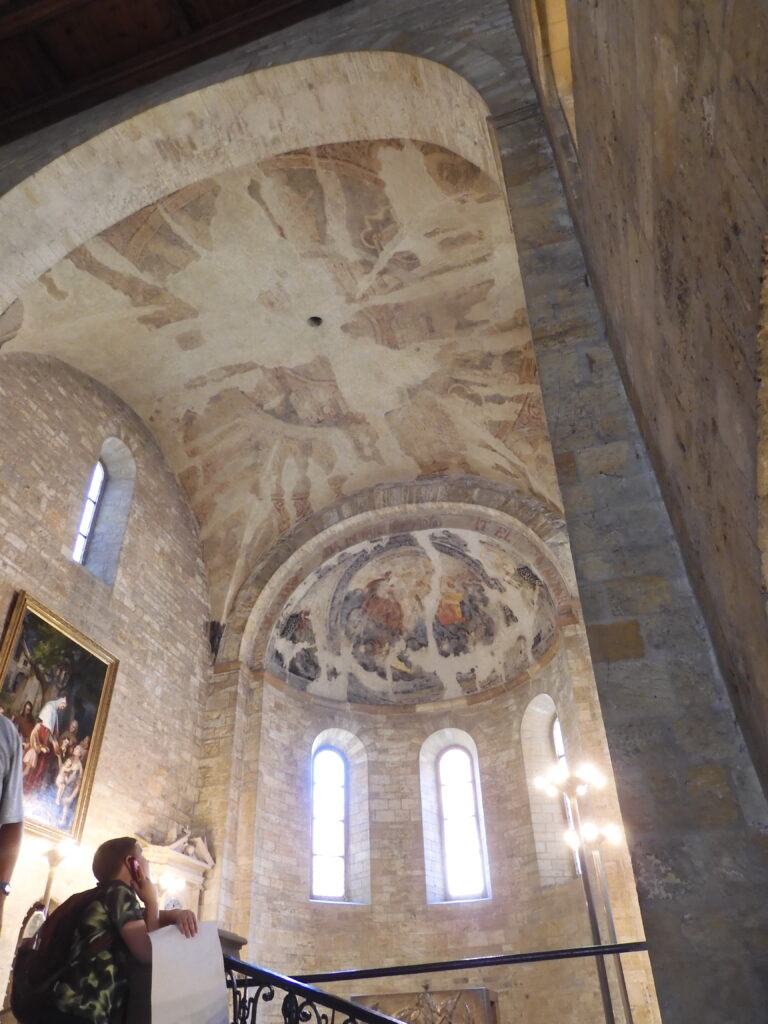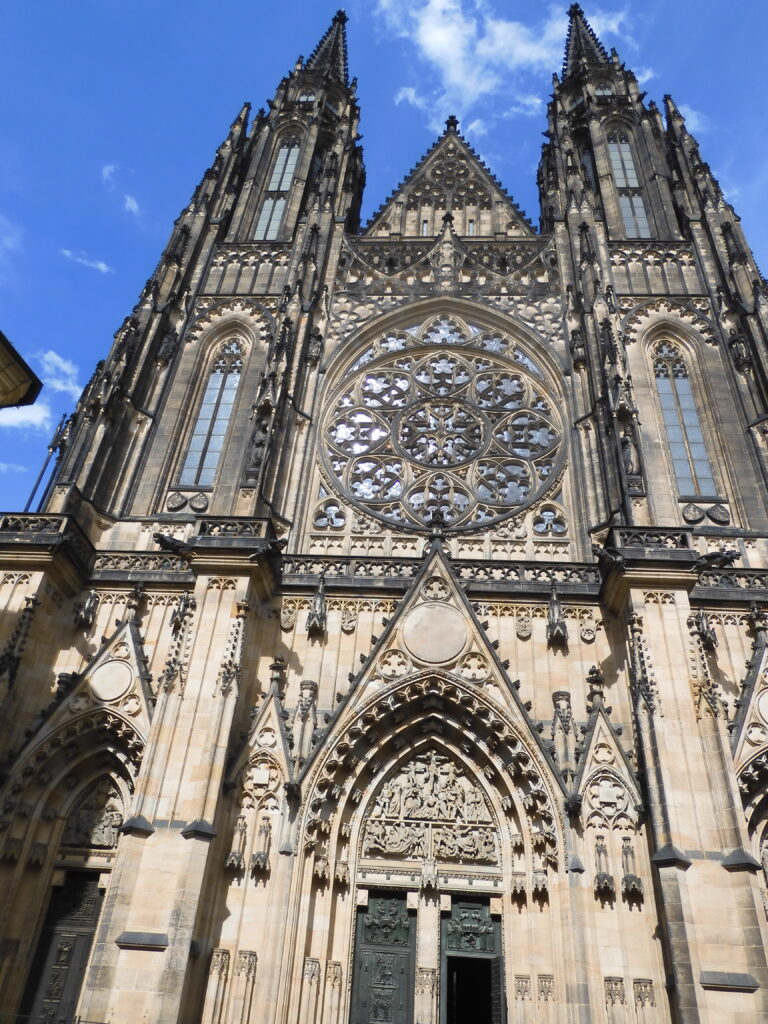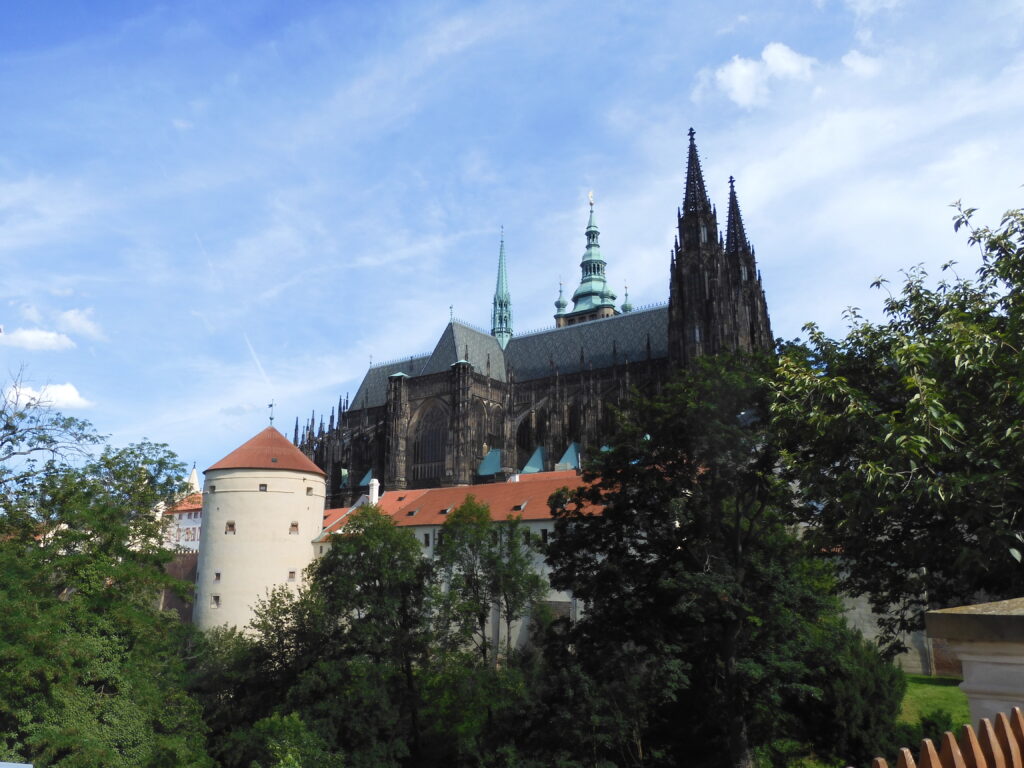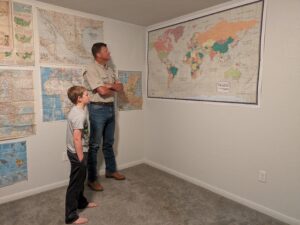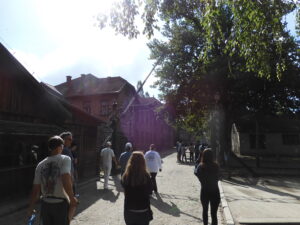Prague
Cool Buildings From Another Era
Prague took me by surprise. This was partly due to a gap in my history knowledge. I knew that what is now the Czech Republic was once of the Habsburg Austro-Hungarian Empire. They were heavily involved in starting the first world war. I knew that Czechoslovakia was created out of the Austro-Hungarian Empire at the end of World War I, that it was occupied by the Nazis early in the second world war, and that post-war it was a Soviet puppet state until the fall of that regime in 1989. I did not realize that there had been a prominent Bohemian kingdom in the fourteenth and fifteenth centuries. Much of Prague’s amazing old town dates from that period.
Czechoslovakia capitulated so soon in World War II and was liberated after the Germans had really already left, so most of its older buildings survived while so many other European cities were devastated. There are ancient spires and churches everywhere. The metro is inexpensive and easy to navigate. We visited the city during tourist season and it was crowded, but not nearly as overrun as London, Paris, or Berlin. The number of old structures was just amazing. The food is filling and less expensive than in Western Europe. It is also fairly easy to hit Prague’s tourist highlights, as there are three main sights on the “must see” list.
We rolled into town in the early afternoon and used the metro and tram system which dropped us off right at our AirBnB. The fare was 30Kč, or just over $1. We metroed back down toward old town after dropping off our baggage. We were able to see two of the “must sees” before dinner.
We walked across the Charles Bridge, admiring the centuries old towers protecting either end. A series of ornate religious and political statues adorn either side of the bridge. In the distance, a skyline of Renaissance buildings and rooftops seems to span the horizon in every direction, providing a background that made every photo look special. The foregrounds of my Charles Bridge photos were cluttered with other tourists, but it was not completely ridiculous. I could have avoided this problem by coming down at 6:00 a.m. Tour boats and human powered paddle wheelers floated about on the Vltava River below, and open air cafes dotted the river’s edge. The bridge was built in the late 14th century. It was designed by German mason Petr Parler, the same fellow who designed the cathedral you will read about later. The older, gothic style tower in the pictures was built not long after the bridge’s construction. The statues were mostly put up later, as you might guess from their baroque style. The first was dedicated to St. John Nepomuk, a Czech patron saint. John’s story itself is interesting. He was murdered by Bohemian King Winceslas IV during Bohemia’s religious wars. Many people probably assume Protestantism began with Martin Luther. There were violent conflicts in Central Europe even earlier as the followers of a fellow named Jan Hus, who was also quite critical Catholic church, found themselves at odds with the papacy. Hus himself was murdered, and his followers revolted. The Catholic church even sent several unsuccessful crusades against the Hussites.
The Charles Bridge lets you out not far from Prague’s famous clock. The oldest working astronomical clock was built into a tower in the old city hall building. It was only the third astronomical clock ever built, sometime around the year 1400. It has moving statues that parade through openings on the hour and a rooster that moves and crows like a giant cuckoo clock. There are statues that move and warn onlookers against falling into vices. The astronomical portion of the clock has a calendar and a section indicating sunrise, sunset, phases of the moon, and even zodiac signs. It is an amazing and intricate piece of work. Many of the pieces don’t make wild violent movements, and the moving parts are high up in the air. One of the amusing parts of watching the clock strike the hour is seeing how many people crowd around to video it – and in the process don’t really see it move, because the movements are small and somewhat distant. The clock goes through all of its motions, then stops. The crowd stands around still filming, not really sure whether that was “it.” Sadly unimpressed, they saunter off, feeling at least satisfied they checked off that stop. It is really an amazing clock, if you understand all of the information being given and how old it is.
(Continued)
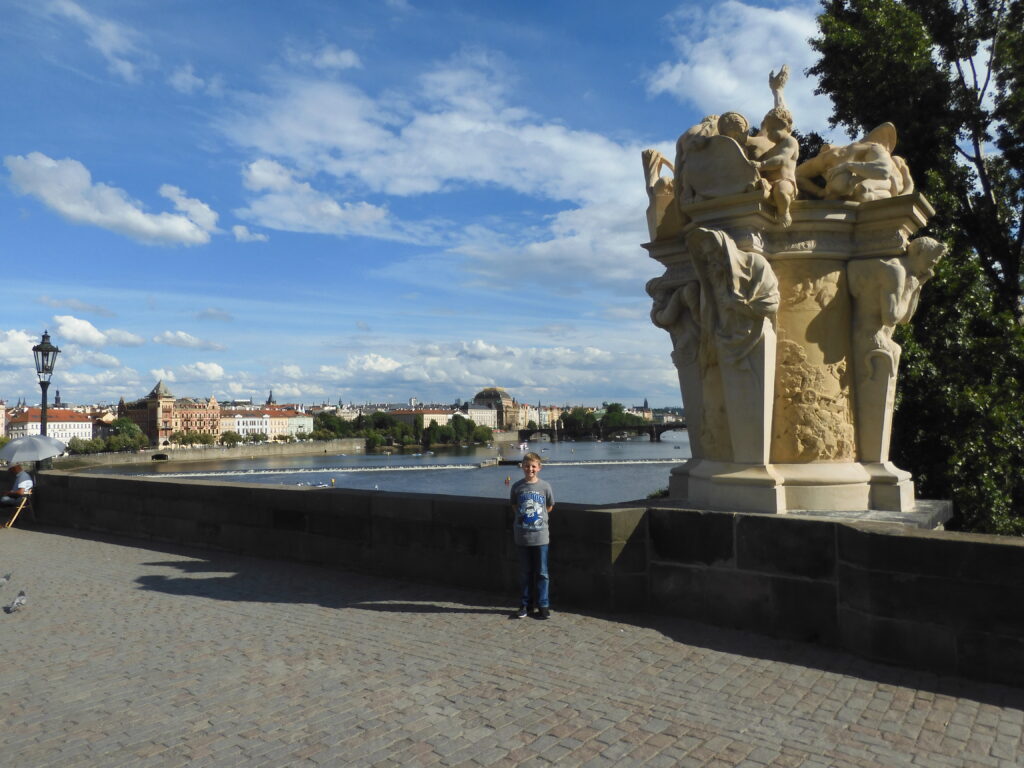
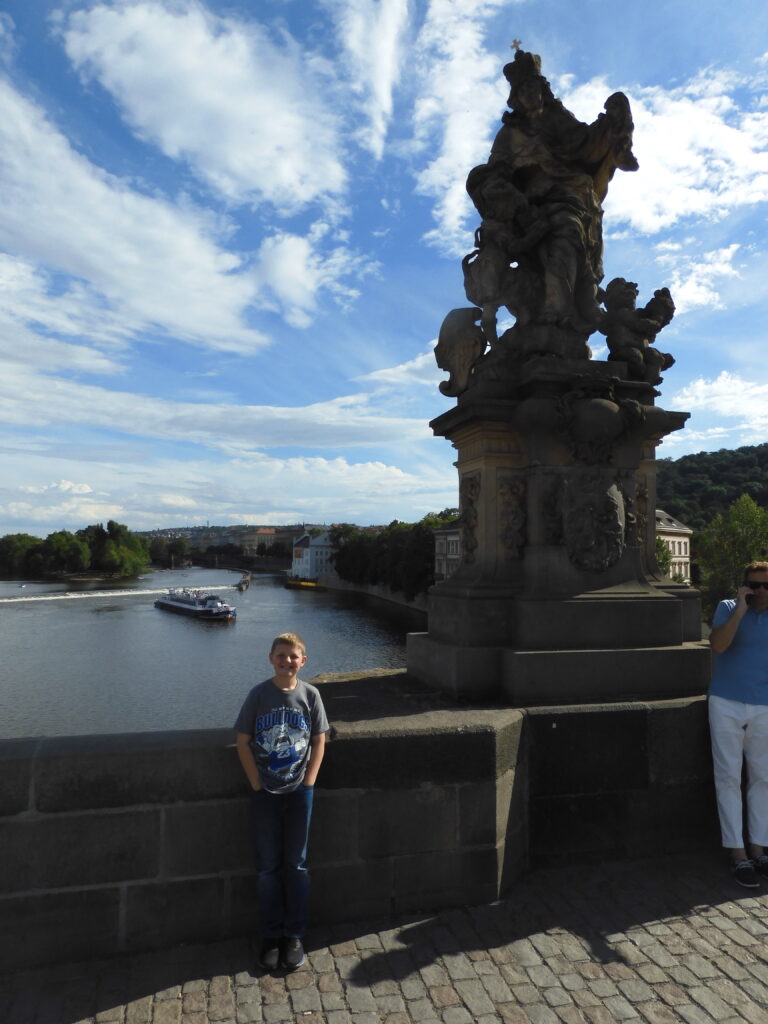

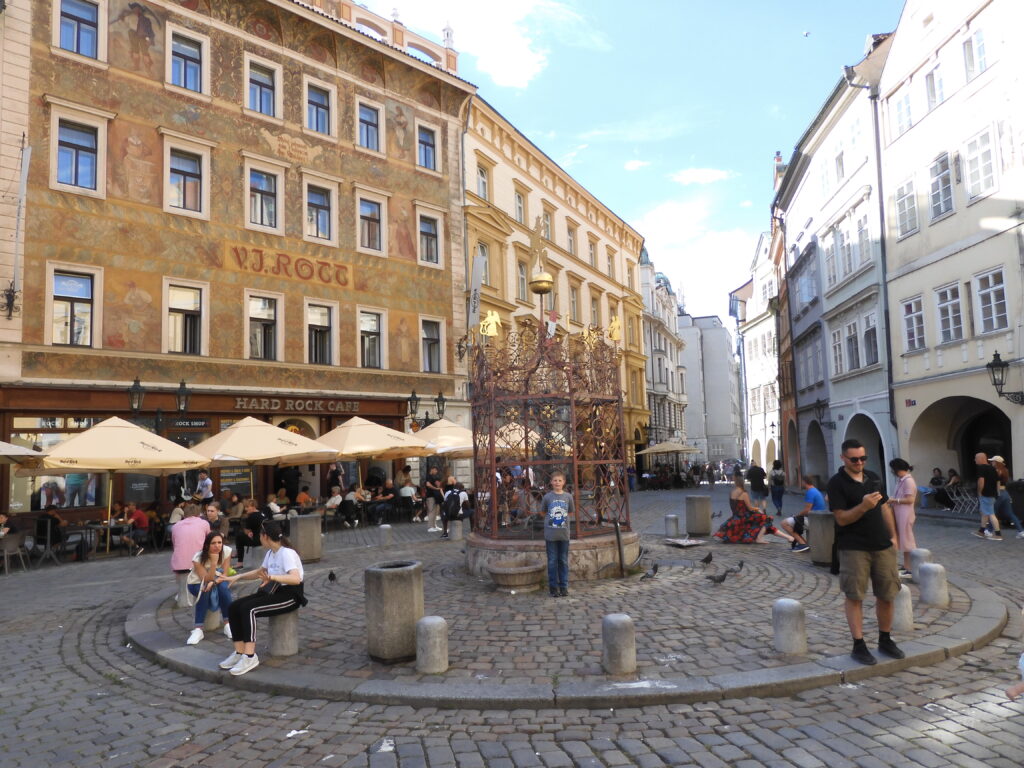

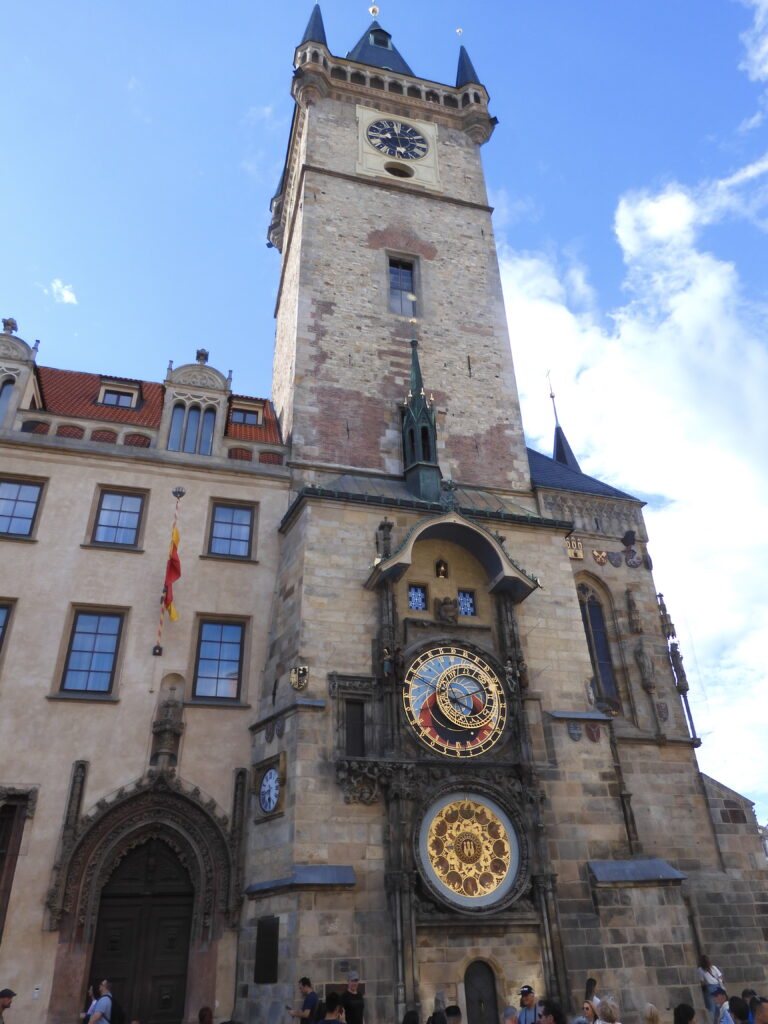
On the way home we stopped at a Czech restaurant Caleb had identified as a target on our way down to the clock. I had a sort of Czech combination plate, and Caleb got potato soup in a bread bowl. The food was all good, but we did end up paying a price for buying it in a tourist area. Caleb had been cranky and whiny for much of our Berlin stay as well as the travel day to Prague, so I let him sleep as long as he would that night. I ran in the morning, then showered and did some work. Caleb slept over twelve hours. This really paid off on Tuesday. For my run, I followed the pattern from my last day in Berlin and found a landmark to run through. I ran to Grebovka Park, which had a huge vineyard and garden in it, as well as a villa, caves, and a LOT of elevation change.
The first thing Caleb and I did together that morning was to mail a postcard. That would not normally be worth relating, but in this case I will share our experience. Czech post offices are co-located with a local welfare office, health clinic, and a number of other social services and even the sale of a few random small items. When you enter the building, you take a number with a prefix based on the service you want. In our case, we just wanted to buy a single stamp. Selecting a simple service in no way prioritizes you over people with more cumbersome requests. There are several windows to process customers, and every few (sometimes more than a few) minutes, another number is called and you head to the window to do your business. There is no way to know where you are in the line, because the numbers are not sequential, they are arranged according to the requested service. In what seemed to be an example of Soviet bloc bureaucratic inefficiency, we waited an hour to buy a postage stamp… behind people signing up for government assistance, coming in for pregnancy checks, and all manner of other services. I just wanted a stamp! I might have left sooner, but I never knew if I was one minute away from getting my stamp or one hour, and I was reluctant to leave after having already invested my time in the bureaucratic line.
Later that morning, we headed back toward old town for a walking tour. We wanted to tour the castle as well, but it seemed like a long walking tour might best be done in the morning, since it was forecast to reach the upper 80s in Prague that day. Besides, we might learn of some other things we wanted to see during our visit. As soon as Caleb heard the world, “walking” in walking tour, he let out an audible groan. We had a very flat-spoken “straight man” type guide. She had a dry sense of humor that most of the other foreign tourists missed. I learned a few things about the Bohemian monarchy on the trip. Most of the 20th century history I already knew. Caleb followed our guide attentively and learned a lot, if he can retain it. He walked right alongside the guide, who seemed happy to converse with him as he showed more interest than many of the older folks in the group. He was completely energized by the end of the tour. The extra sleep had helped. As the day went on, he may have out walked me.
We rested for a bit and got some Czech street food consisting of sausage, ham, and potatoes mixed with sauerkraut. To my surprise, Caleb is a huge fan of the sauerkraut. He kept insisting on eating mine. It was very good, I must say. For the rest of our time in Central Europe, Caleb always wanted a dish with sauerkraut in it. It was a pretty long walk up a big hill, but we made our way over to the massive castle complex after lunch.
(Continued)
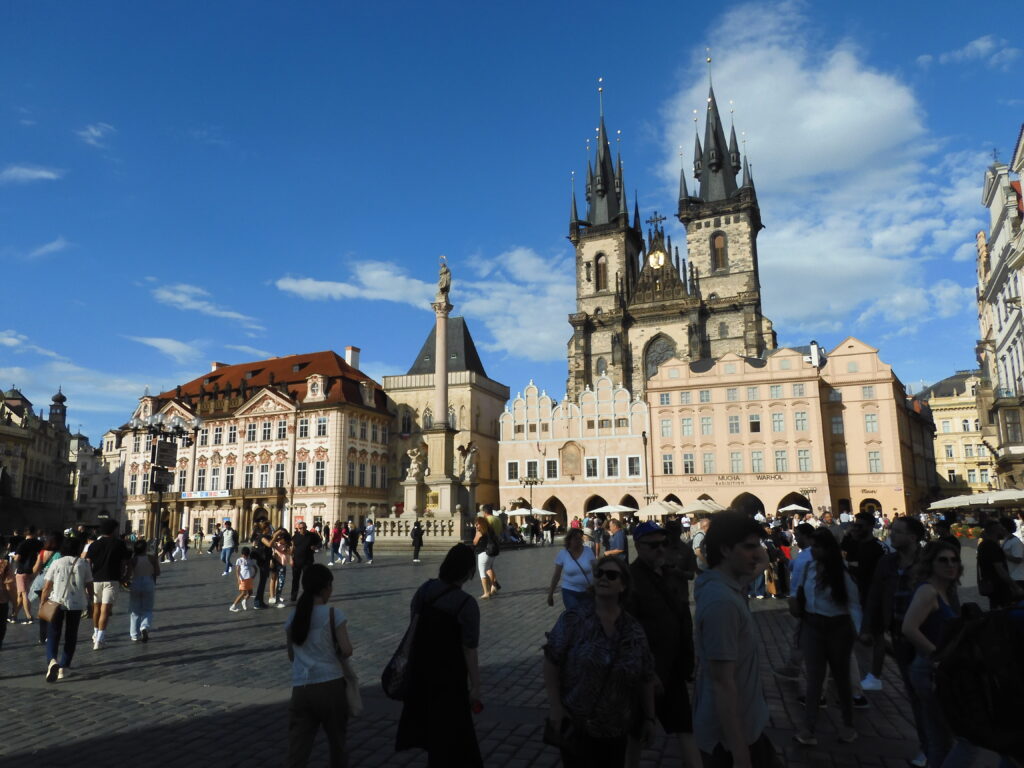
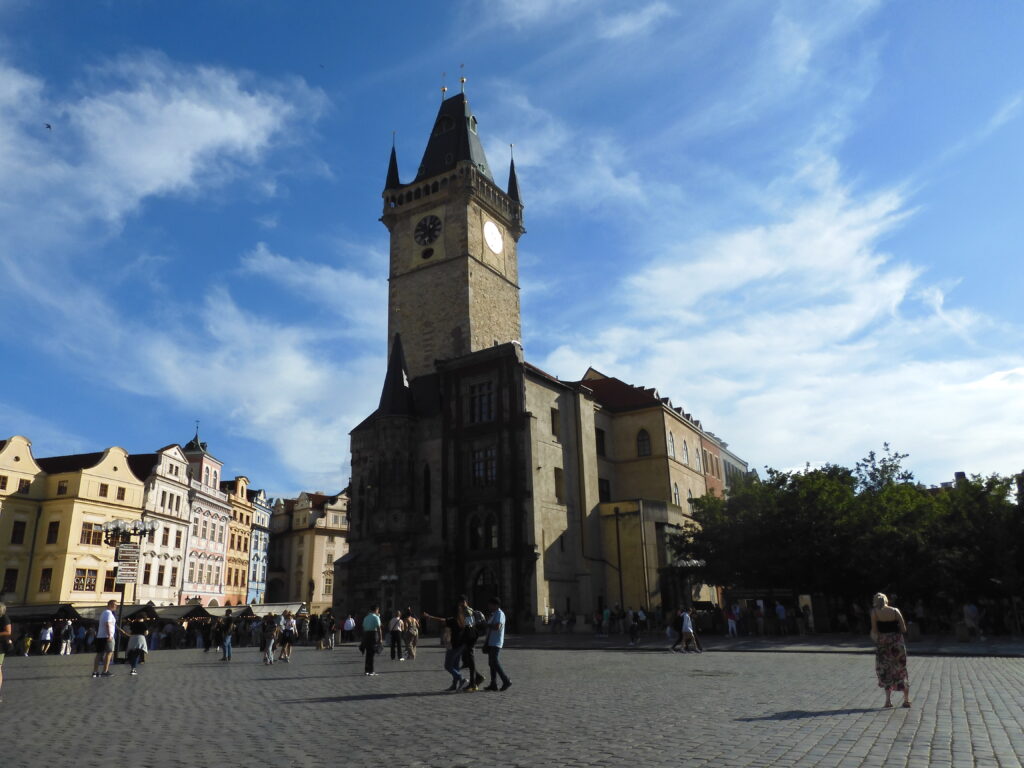


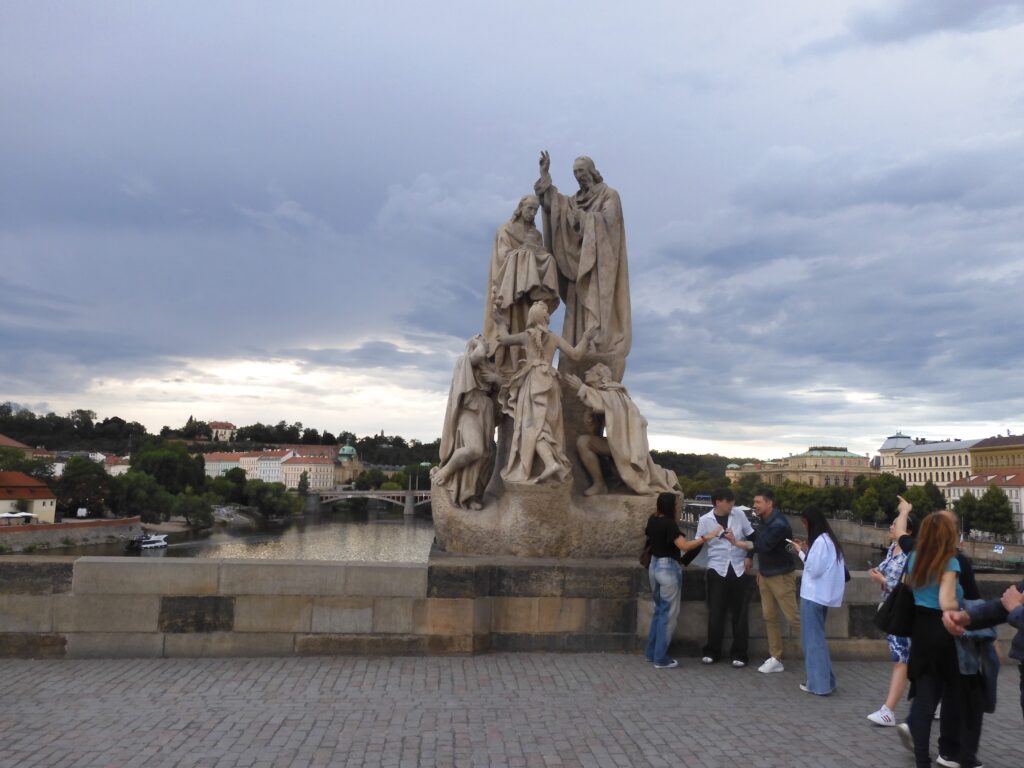
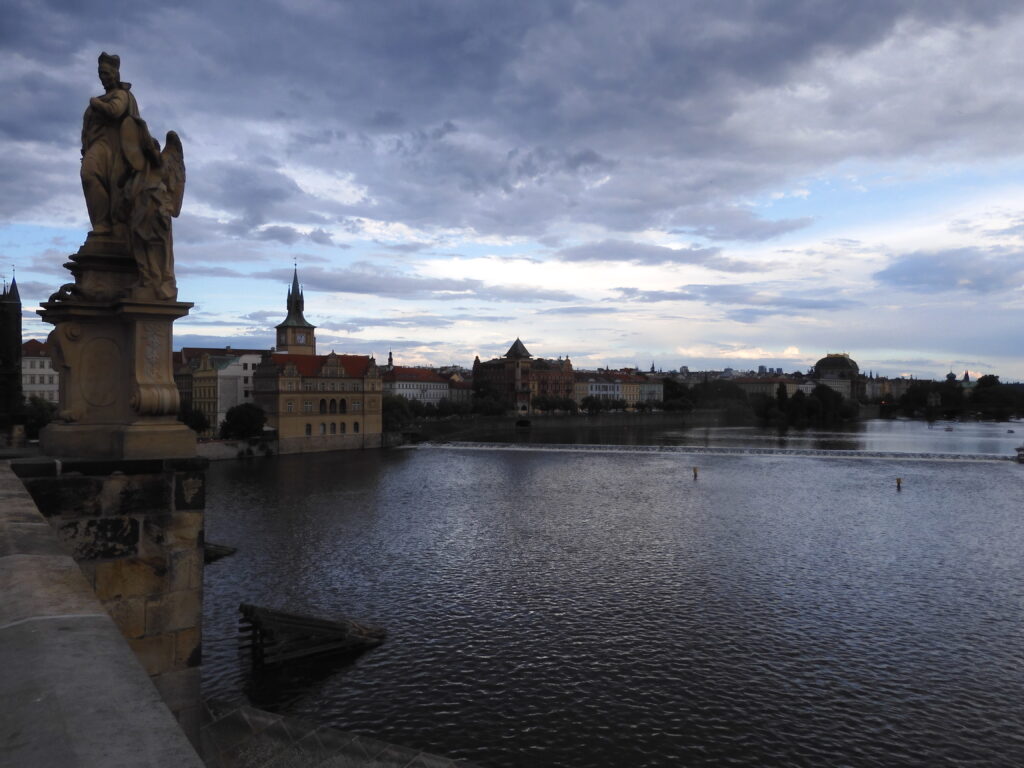
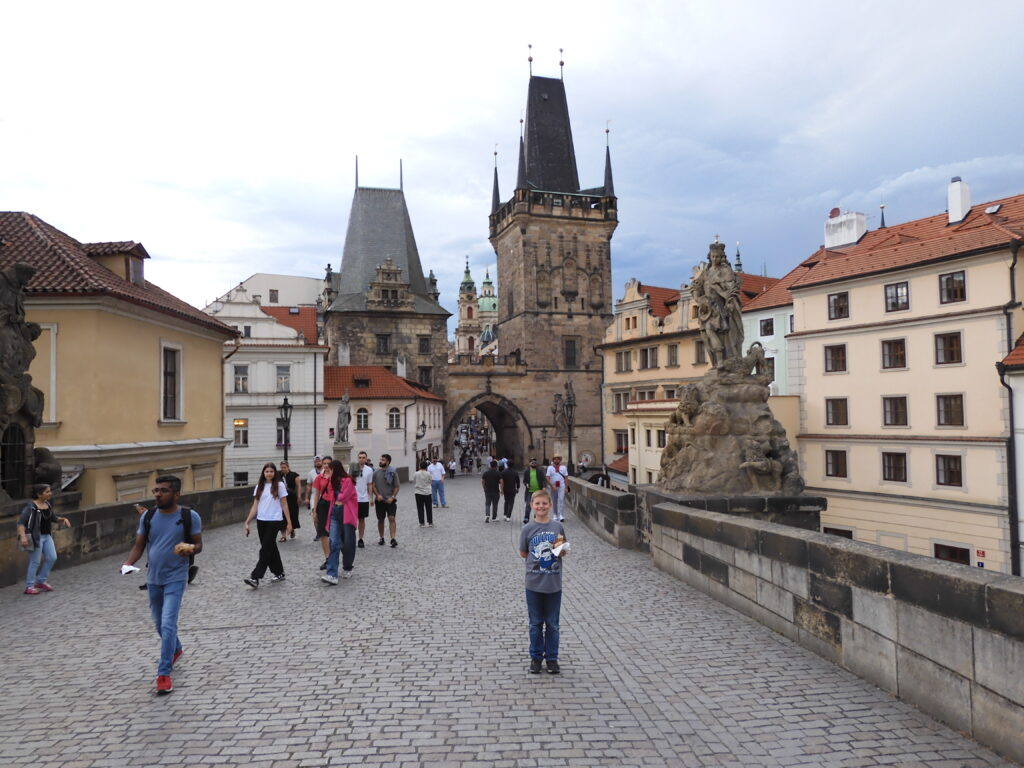


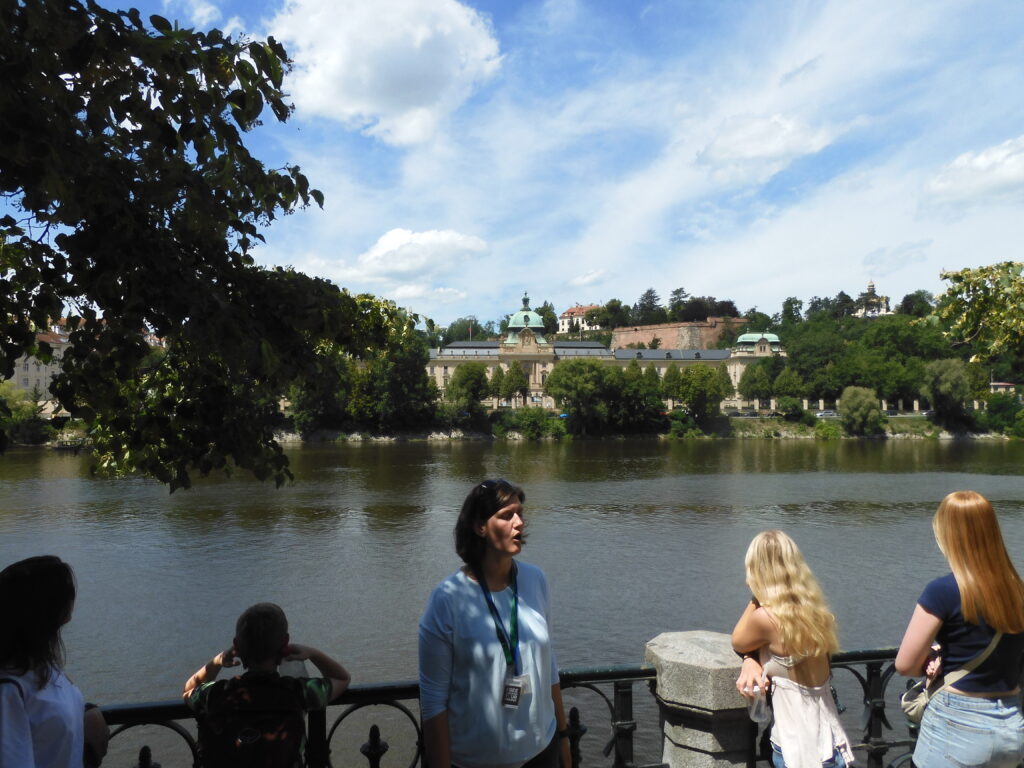
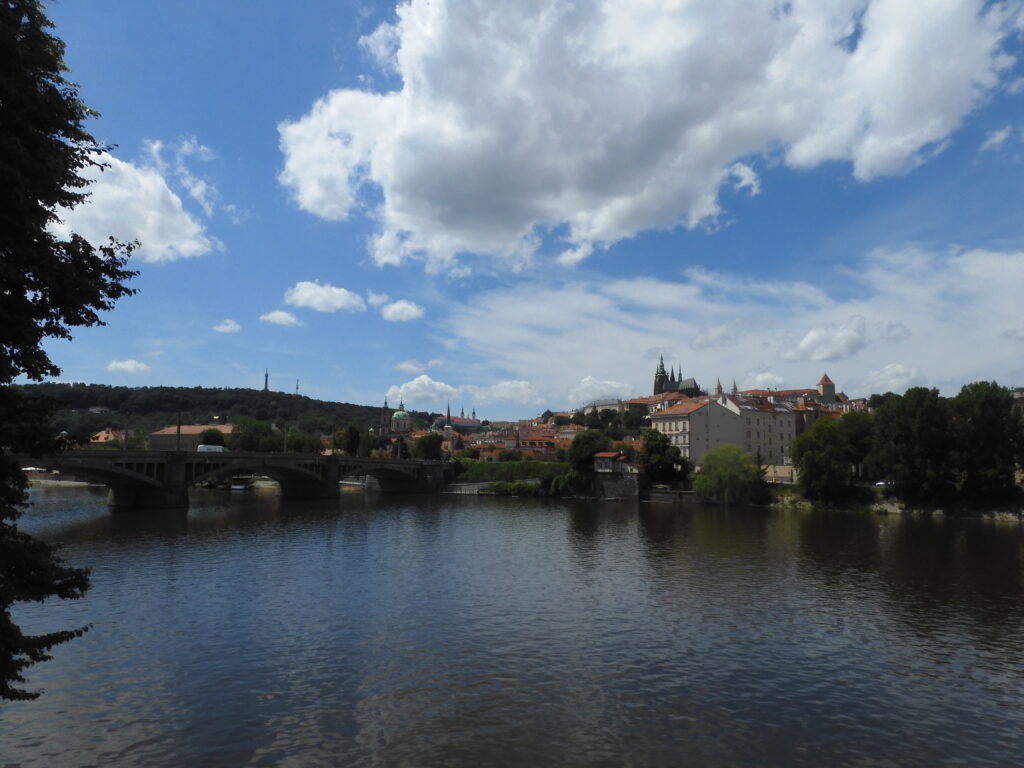

Prague Castle is huge. Our tour guide and other Prague locals claim it is the biggest castle in Europe. I suppose that depends on how you measure them. Certainly if you count all the gardens and forests, Versailles was quite a bit bigger. The Prague Castle complex, though, has quite an array of buildings inside, and the Guinness Book of World Records says it is the largest ancient castle in the world. The main castle quarters were residences for the Bohemian kings and administration. A few of the Habsburgs even lived there, although the seat of their dominions was generally Vienna. Our tour included the royal residence. Much of this structure – like most European castles – has layers of construction. There was some sort of structure here back in the 10th century and earlier. St. George’s church (which we visited last) was built in the 12th century and much of that architecture remains. The heart of the royal residence and the main St. Vitus’s Cathedral were built in Bohemia’s “golden age” during the 14th century. Charles IV presided over much of this work, along with the bridge named after him.
Although the castle did not take much damage during the 20th century wars, it was sacked during the Hussite wars of the 15th century. So there were components of all of the buildings that were either raided or damaged during that time. The castle’s procurators have done a nice job of identifying which objects are from what era, and just leaving some places empty if they did not have artifacts from a major historical period. I think I prefer this method to the massive collection of replica and representative furnishings at Versailles.
The building that housed the royal residences also had a great hall and an administrative wing. There is a sort of land office with records that date back to the 15th century. They have moved the ancient books to a controlled environment for obvious reasons, but the coats of arms of all the people who oversaw this office are painted on the walls with nice images of replica books. The books have interesting depictions on them. Land records from bubonic plague periods have a skull on the spine. Land records from the Jewish quarter have a “Jew’s head” on them. Most of the rooms in the royal residences and administrative wings have pretty views of the area from the castle’s lofty perch over the city.
We knew from Audrey’s tip that St. Vitus’s Cathedral was an important part of the castle complex. It is huge and beautiful, as are many European Gothic cathedrals. Like many cathedrals in European capitals, it houses remains of its powerful monarchs. Several prominent Bohemian kings were buried here. This very Catholic cathedral of course was a prime target of the Hussites and as such took significant internal damage during the 15th century violence. That didn’t seem to damage the architecture much, though. It primarily damaged internal furnishings, records, and that sort of thing.
Because we were a little short on time, we almost missed St. George’s church. I thought, “Why go to two churches in the same castle?” This would have been a huge mistake. Although it is much smaller, St. George’s significantly predates St. Vitus’s. The architecture is Romanesque with Gothic improvements. You can even see 11th or 12th century fresco remnants on the ceiling in some places. None of the frescoes survived intact, but I always enjoy seeing these “bottom layers” in historical buildings when they are visible.
We grabbed traditional Czech cuisine at a small basement pub in our neighborhood where people were busy watching Euro Cup, and called it a night. Caleb said Prague was “really nice for being a city.” I liked it, too. I ran through a different park with other monuments in the morning before catching a train for Oswiecim, Poland on Wednesday morning. We had some adventures on the train, but all turned out well in the end.
